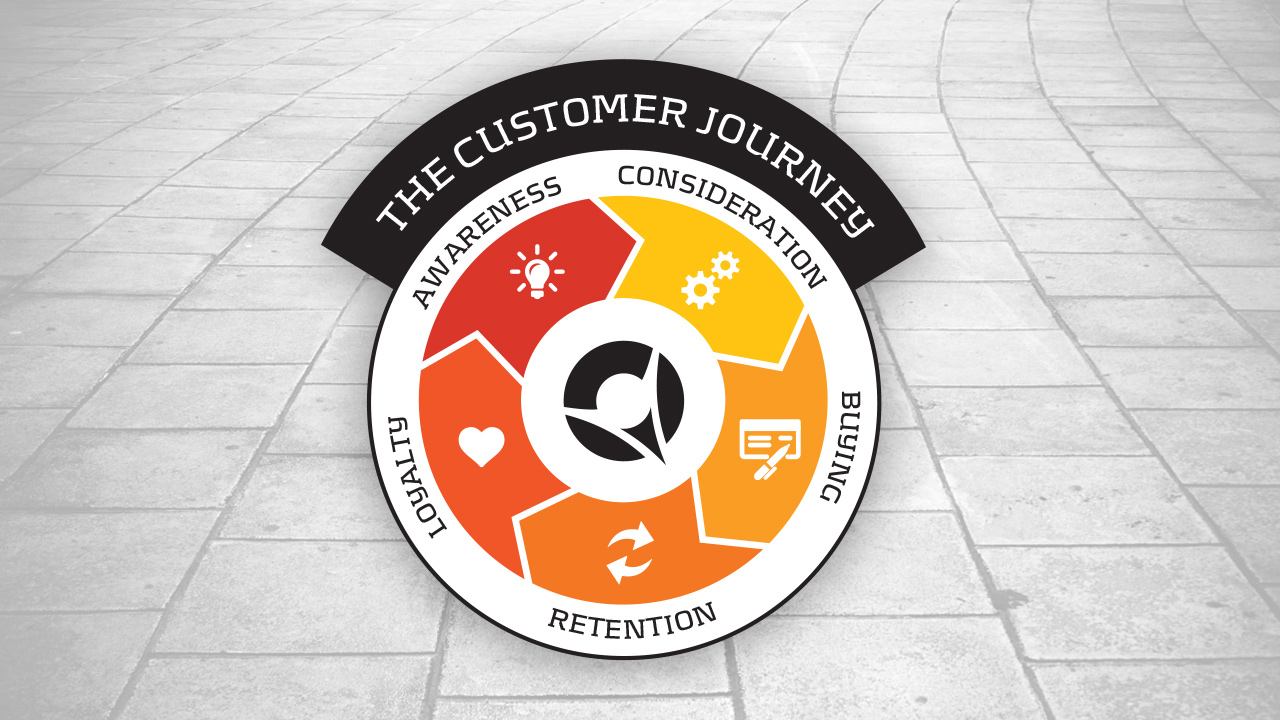Unrealistic Goal: To reach a billion dollars in revenue by 2015
Outcome: 41% growth in sales in one year
Solution: Sales Breakthrough Program – Tour de Billion
data-animation-override>
“Our sales reps and sales managers wanted to shoot for a billion in revenue, which I thought was impossible”
The Challenge
After 15 years of strong growth, sales at Welltec stagnated because the sales organisation did not share the senior management’s ambitions. They needed a cultural revolution in sales and a common vision for the company. Welltec was to be a billion-dollar business – hence the project name: Tour de Billion.
The Process
For the first time in the company’s history, Qeep brought together every sales manager and sales representative from seven regions for a three-day Possibility Workshop. Qeep challenged them all to set individual, ambitious breakthrough goals and to think outside the box in order to achieve them.
Despite the fact that the sales representatives had not achieved their sales targets for several years running, the groups set new goals that seemed unrealistically high. The sales representatives and management also identified a number of areas that were critical for achieving results.
Subsequently, Qeep provided the managers with training in results management and coaching methods using on-the-job training, making it easy for each manager to provide sales management that was effective, inspired involvement and encouraged everyone to take responsibility.
Old Habits
The Qeep process revealed several challenges, which everyone agreed needed to change. A key challenge was that the sales representatives at Welltec lacked ambition. They didn’t share the senior management’s vision and consequently didn’t take their sales targets seriously. In the minds of the senior management, Welltec was a supplier of complete solutions to oil companies, but the sales reps sold the company as a single-service provider.
Meanwhile, execution in the sales organization wasn’t up to par. Newly developed products weren’t selling, experiences with global customers weren’t being shared among the regions, and the CRM system wasn’t being used as an active management tool. All in all, there was a lack of leadership and insufficient follow-up on sales efforts.
New Behaviour
The breakthrough for Welltec came in several areas.
First and foremost, the entire sales organisation came together around one common billion-dollar ambition and a vision to create a united company.
This inspired enthusiasm and targeted efforts within the organisation to follow through on the increased activity needed to achieve the goals set by the sales representatives and management. Their sales approach evolved from reactive to proactive.
On the whole, the management and sales representatives began to follow up more consistently on their efforts and goals and to share information across the organization.
The Results
- Sales increased by 41% in one year
- Sales trends improved in four regions
- The CRM system was used more consistently
- Strong growth in the number of jobs for both new and existing customers
Furthermore, the process – especially the Possibility Workshop and the continuous use of result meetings– quickly brought about a culture change within the company, resulting in a sales organization that is much better equipped to follow through on its goals.
The Hero
Jeremy Ray was sales manager at Welltec in Canada. The sales team in Canada had not previously defined specific goals and most certainly never challenged themselves to achieve breakthroughs. They simply grew with the market! However, Jeremy set out to change that. He wanted his team to achieve growth of +50%. The team doubted whether it was possible, but Jeremy was adamant. In 2011, he was named “Results Hero of the Year” by Qeep AS.
The Unrealistic Goal
“One Billion Dollars in revenue by 2015.”
The Organisation
Welltec develops and supplies solutions for the oil and gas industry. Since its founding in 1989, the company has seen remarkable growth and now employs around 800 people in 24 countries. The global sales organisation is divided into seven regions.






